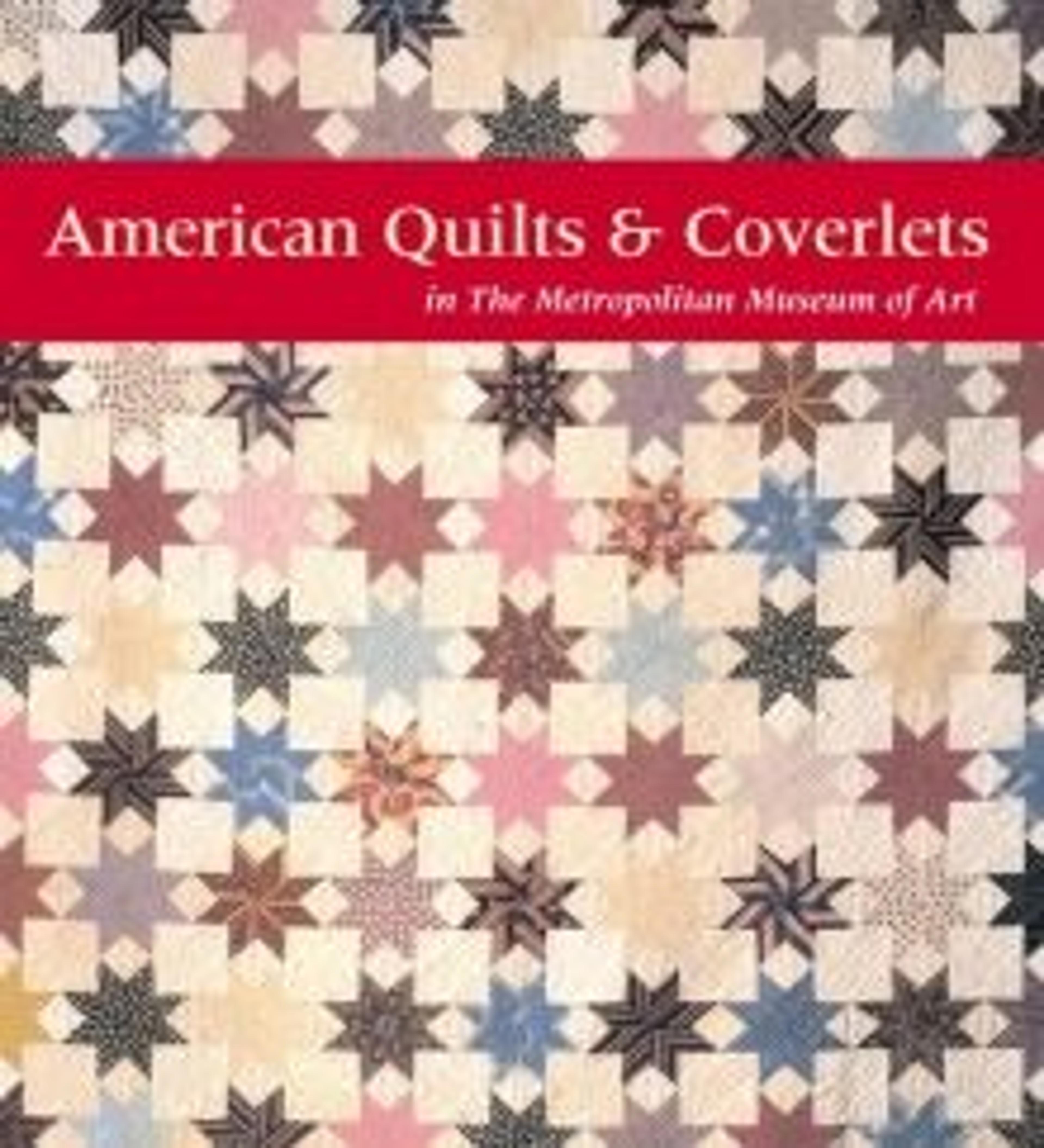Wholecloth stenciled coverlet
This one-layer coverlet is made of three lengths of white cotton fabric that are seamed together. Red, yellow, and green paints are stenciled on the surface M a pattern of nine medallions with a surrounding border of flowers, fruit, and birds.
Artwork Details
- Title: Wholecloth stenciled coverlet
- Date: ca. 1820–40
- Geography: Probably made in New York, United States
- Culture: American
- Medium: Painted cotton
- Dimensions: 89 x 81 in. (226.1 x 205.7 cm)
- Credit Line: Rogers Fund, 1944
- Object Number: 44.42
- Curatorial Department: The American Wing
More Artwork
Research Resources
The Met provides unparalleled resources for research and welcomes an international community of students and scholars. The Met's Open Access API is where creators and researchers can connect to the The Met collection. Open Access data and public domain images are available for unrestricted commercial and noncommercial use without permission or fee.
To request images under copyright and other restrictions, please use this Image Request form.
Feedback
We continue to research and examine historical and cultural context for objects in The Met collection. If you have comments or questions about this object record, please contact us using the form below. The Museum looks forward to receiving your comments.
